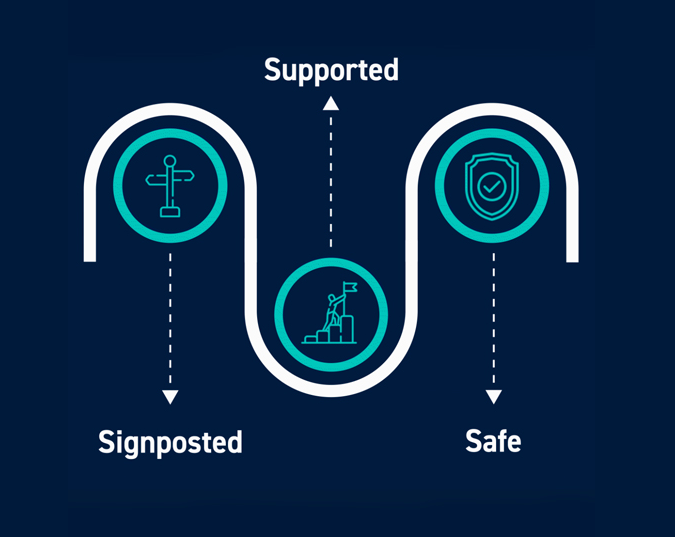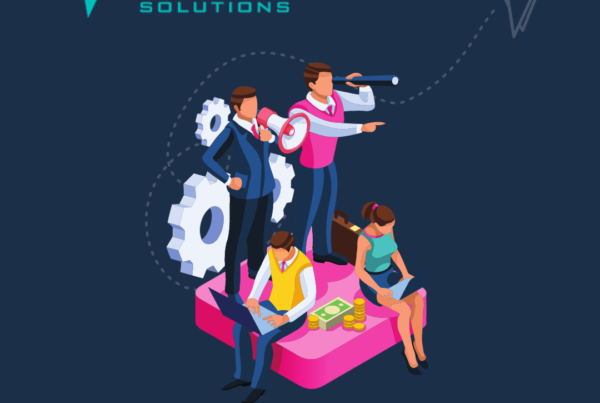Here, Johnson & Johnson Vision, Principal Engineer John McGrath Ph.D., shares some of his insights on the links between CI, strategic success and employee engagement
What top 3 tips would you give to an organisation who is embarking on a process improvement/ continuous improvement journey for the first time?
- Define the objective – What is the need for the business? E.g., Does it relate to a ‘bulk change’ or an incremental change, or perhaps a combination of both? How does the business need translate from strategy down to the goal level?
- Leadership sponsorship & alignment – The leadership team will pave the way. Continuous improvement work-streams should be lead from the top and point all team members in the same direction.
- Choose a methodology that suits the business – Team members may not all need to be black belts! An understanding of lean tools, six-sigma tools or other problem solving/process improvement methodologies may be adequate. This is based on the scale and complexity of the problems. As long as the methodology is based in facts and sound information and avoids assumptions, it should be fit for purpose.
What links have you seen between employee engagement and a continuous improvement methodology in your organisation?
- There is no question that it is positive. The very opportunity to take part in CI training increases candidate engagement with the day-to-day activity.
- During and after training, candidates start trying to understand things around them; inputs, outputs, measurement systems and improvement opportunities start to become easier to see.
- A proportion of those who take part will want to create a team to grow the methodology within the organisation and mentor upcoming candidates.
- Once it works and is used, it can self-sustain to an extent (with oversight).
- When used to even a share of its potential, a CI program leads to a widespread expert group who all have a relatively common approach to problem solving or project management.
- Proper execution brings about technically stronger, more robust and sustainable problem-solving methods. All of this points to more competent and enjoyable engagement.
What’s important when it comes to sustainability of the process improvement work-stream in an organisation, in your experience?
My source here is mainly six sigma belt certifications; I have observed that when people don’t see it through to certification – it is usually because some business priority changed, or a project was not well defined in the first place. This is mostly down to the business itself and leadership. Therefore, if you want CI to work, you must sign up for it and make sure the oversight is there to make it ‘deliver for you’.
If candidates’ projects fall out of fashion because of some business reprioritisation, which happens, help the candidate get another project to ensure certification. This feeds the self-sustain aspect.
Otherwise, candidates will end up not certifying and the whole business will look at it as a waste of time, money, and effort – Opportunity lost. Of course, there will be some candidates who will likely never certify – this is risk with anything like this, but based on what I’ve seen, these are in the minority and a good program with robust oversight will minimise these occurrences.
How are people engaged in the lean sigma process in your organisation (i.e., how are people put forward for training / projects etc)?
J&J Vision is a large organisation with its own training academy structure. This more-or-less follows along the lines of a process excellence or business excellence group.
A watch-out from my perspective on PEX/BEX groups is that they can be viewed as ‘nice-to-have’ during tightening times so for me, the group should be integrated and have accountability to the projects, deliverables etc.
The group organises training sessions with internal and external training specialists. Subject mentors in the business (like myself) or leaders (managers/directors) submit their candidates for enrolment.
If the project has an initial good definition and a clear benefit (both technical use of the CI tools and financial benefit also), then the candidate is successful and goes on to train. The projects are expected to be complete within 12 months and certification follows with a few other training related deliverables.
What are your thoughts on the links between the delivery of strategic objectives, continuous improvement and employee engagement?
If you’re going to do it, dive in and embrace it. You will get results. CI projects and engaged employees can deliver components or a whole strategic objective as long as the linkage exists between the project level and the objective level. This linkage is built when the three tips above are used to develop goals that flow down from the strategic objective.
Stay tuned for more updates and tips on the delivery of strategic results through an engaged workforce.

FREE RESOURCE - EVOLVE
FREE RESOURCES ON EMPLOYEE ENGAGEMENT
Carry out an easy 3-step gap analysis now, which we will be happy to follow up with a free, no obligation virtual check-in.





